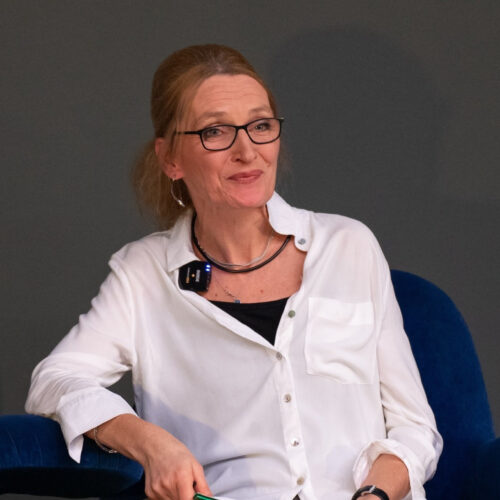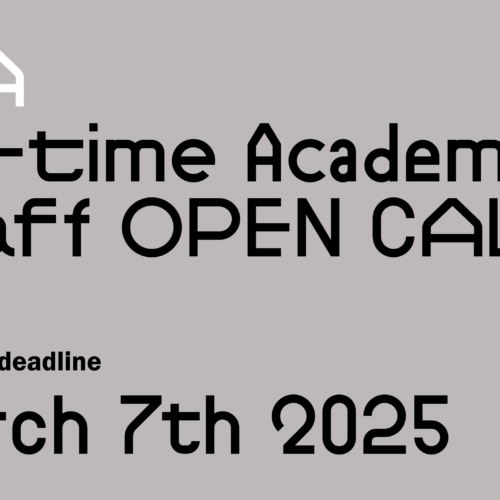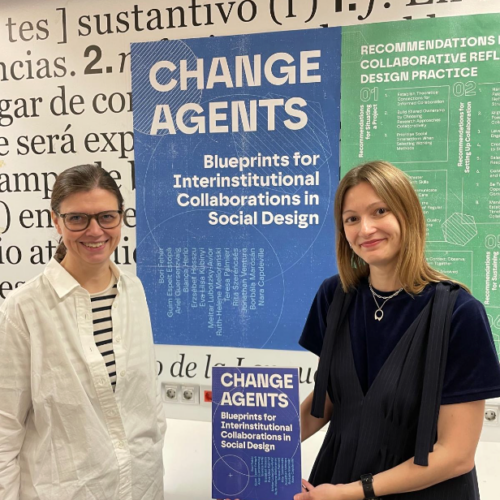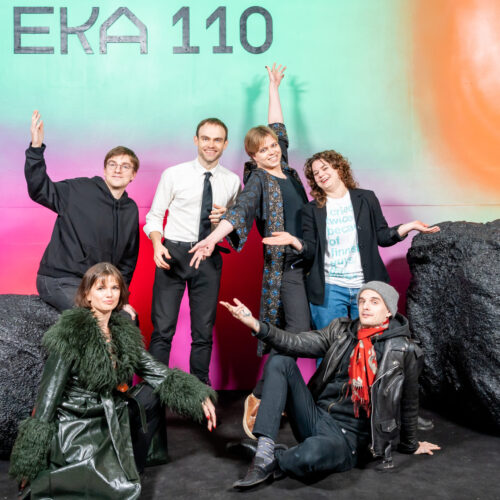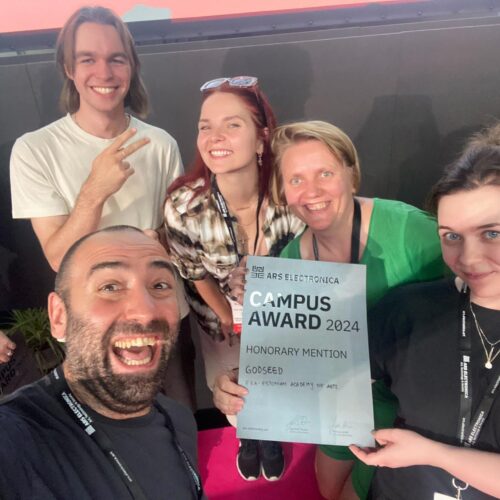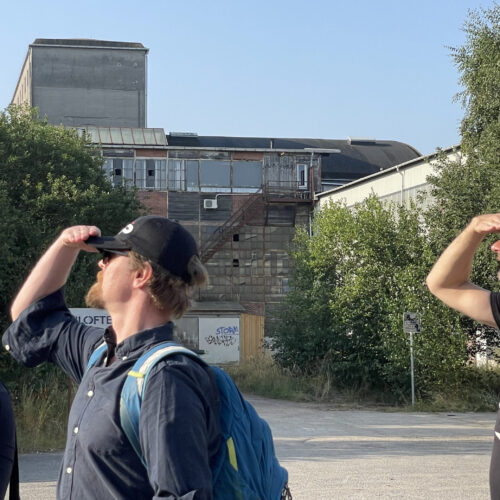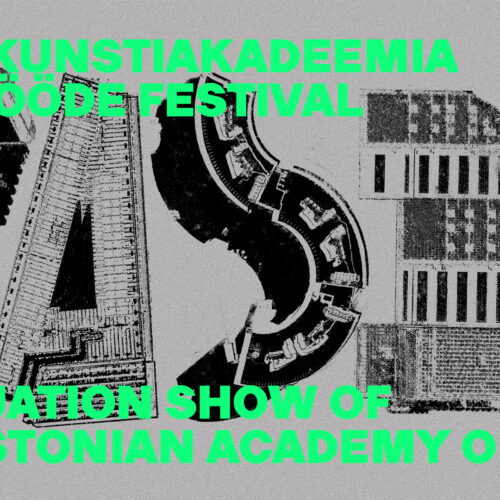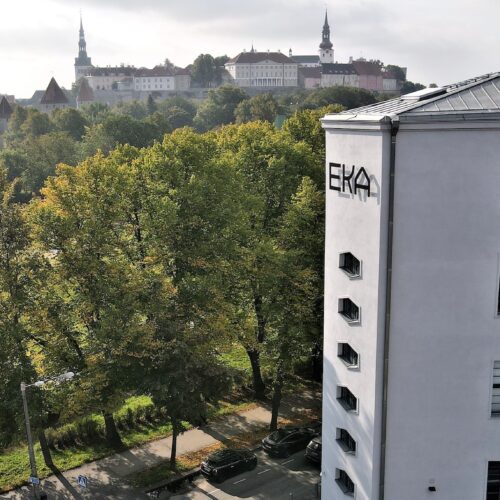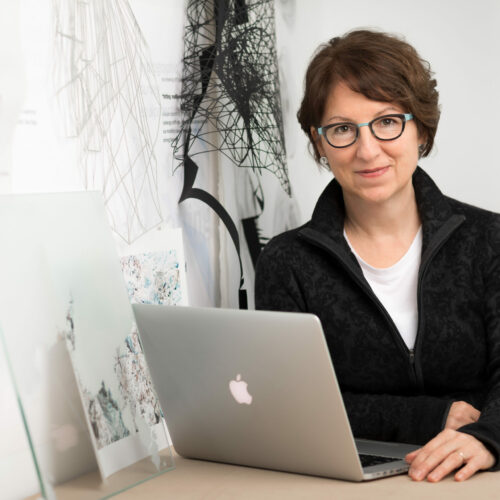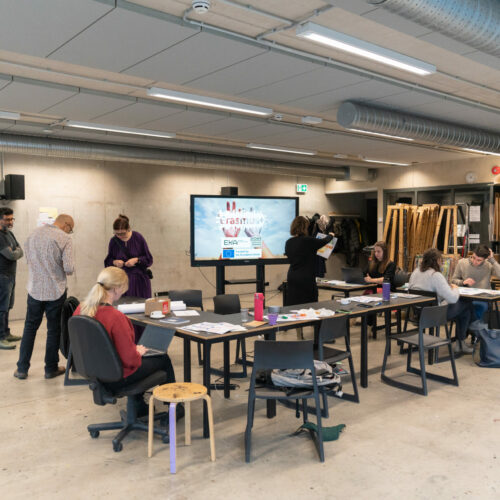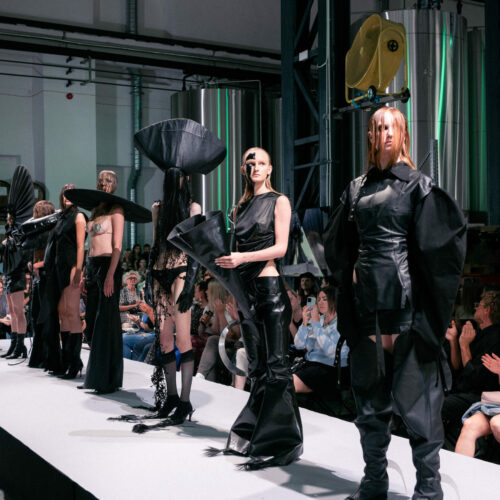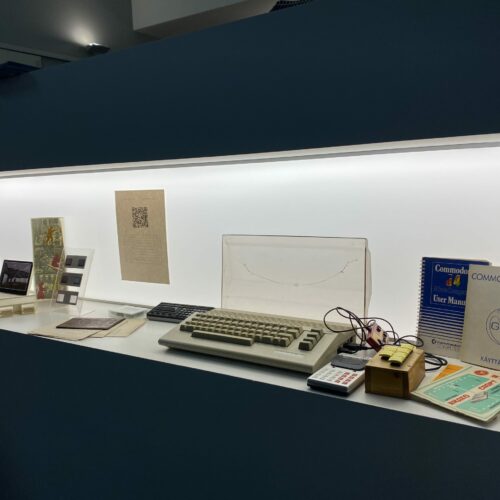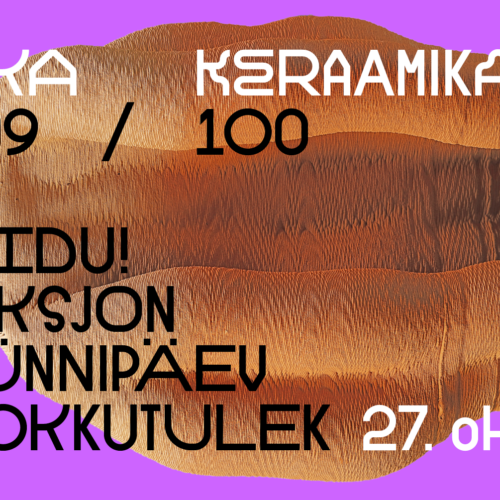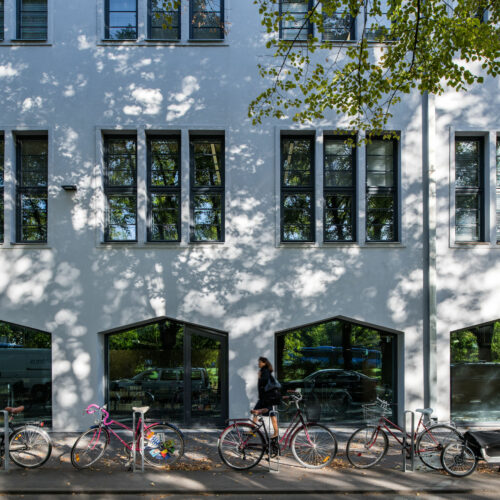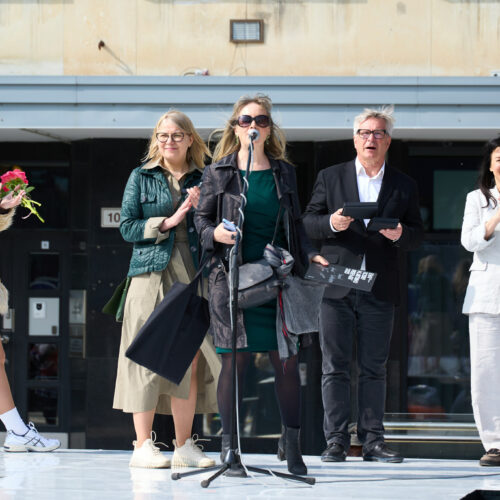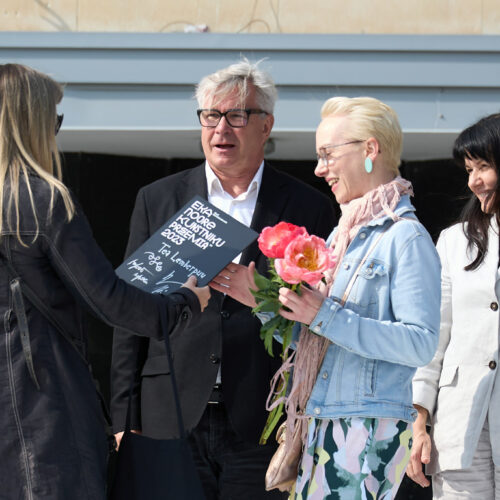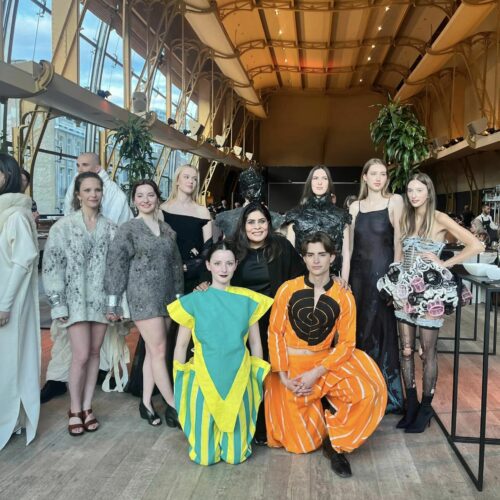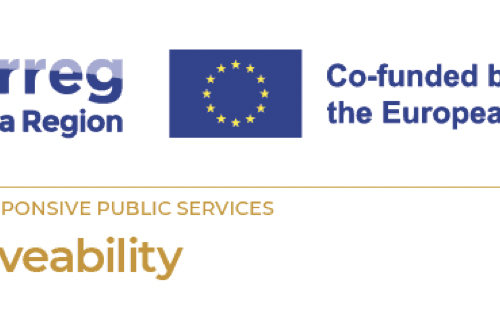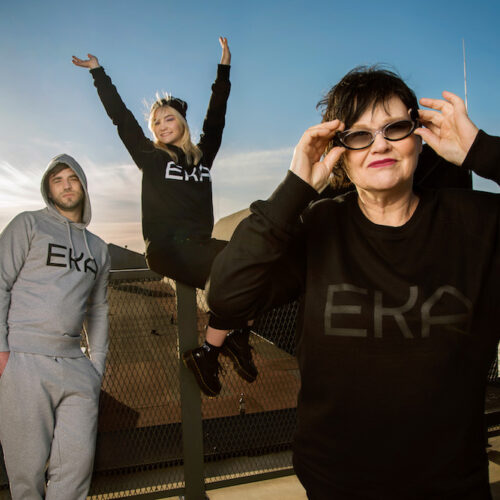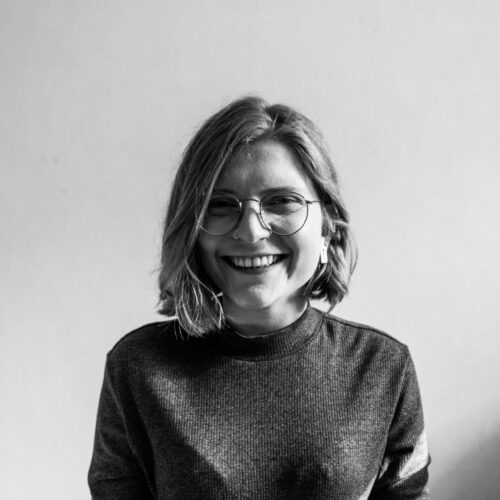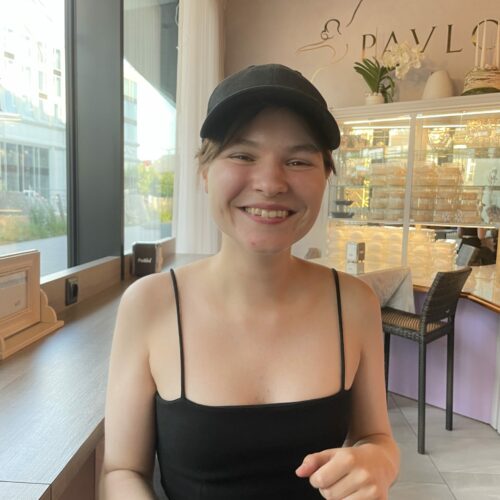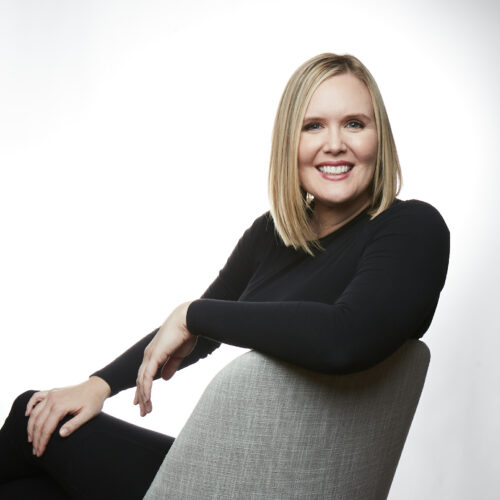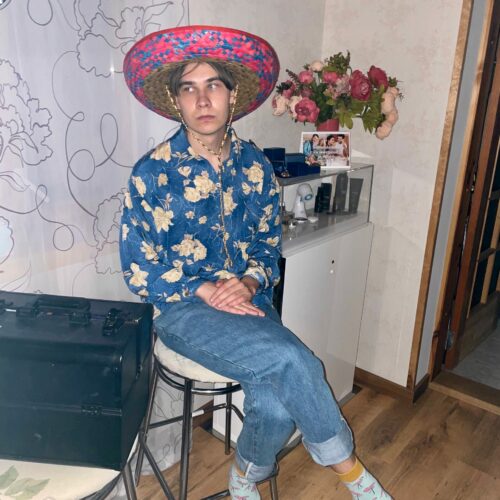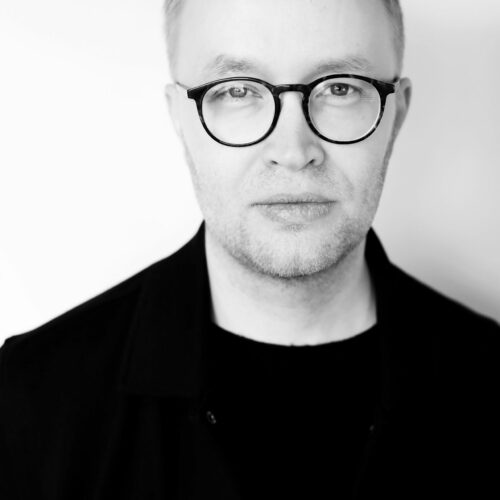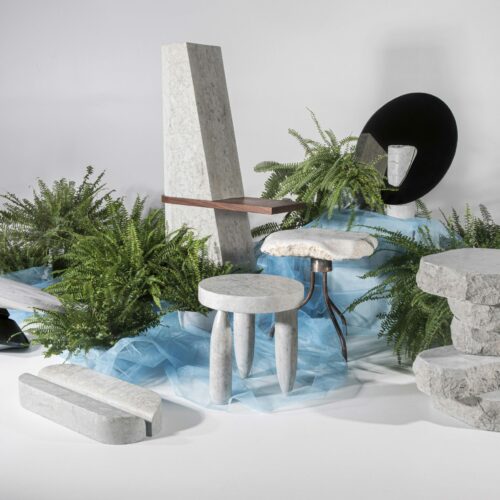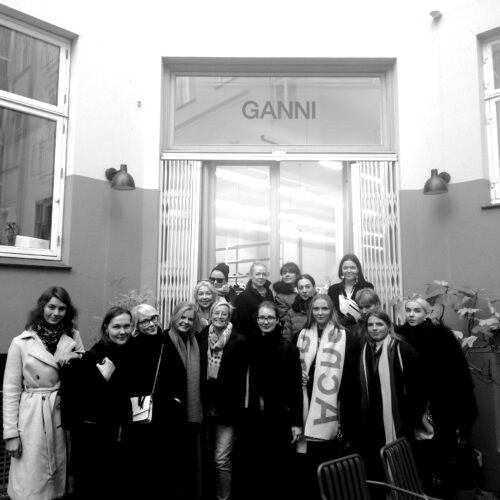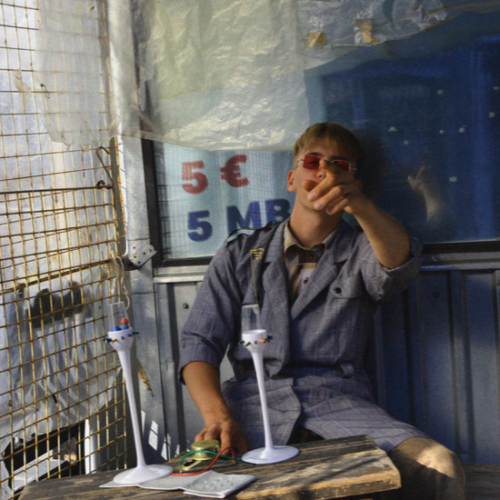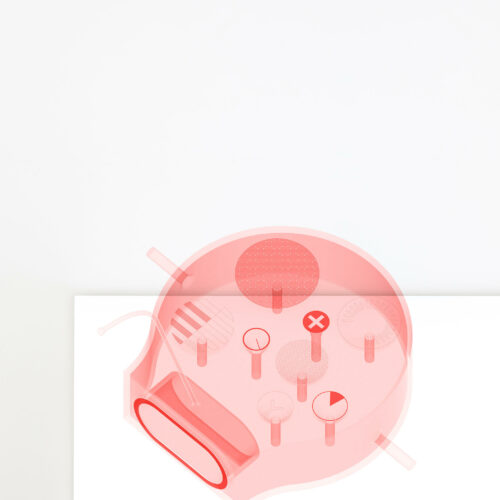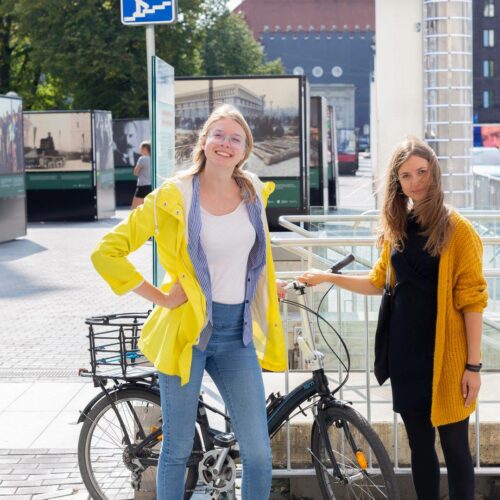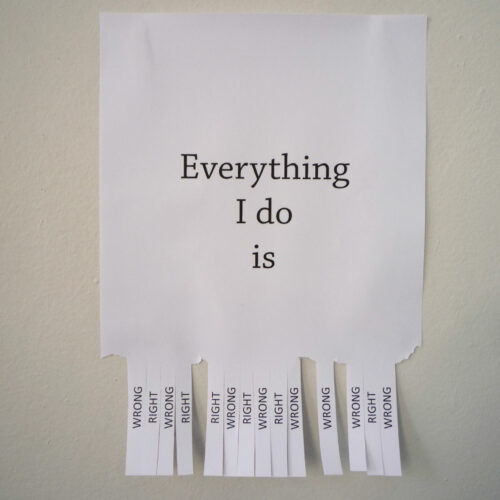Faculty of Design

FB @EKA disain IG @ekadisain
Welcome to the Estonian Academy of Arts’ faculty that offers the greatest possibilities! Here, you will find the ancient art of blacksmithing, the heritage of Tallinn’s medieval masters as well as contemporary processing of materials, and innovative end-user thinking. We invite you to participate in discussions about the environment and material culture, to raise questions, and to find the best possible answers through your creativity. Often, this cannot be done alone, and you will need to cooperate with the representatives of other fields, but most importantly, with the actual users of the goods and services.
Modern materials and technologies change very rapidly, thereby changing our lifestyles and habits. Good design takes this into consideration, keeps up with new developments, and is always meaningful and focused. An ethical designer considers the lifespan of a product from its birth to death and even thereafter, and knows how to point out the possibilities for recycling materials and items.
You can also learn to be an industrial designer in the Faculty of Design, if you are more interested in the unique creativity that is born in the course of experimentation with materials and technological research, using personalised techniques. Applied arts have an important role to play in creative enterprises.
An interesting glass or textile studio may become your workplace and lifestyle.
We will supply the knowledge to help you create it.
The Academy of Arts is special because here you can contrast yourself with everything useful and link your professional background with contemporary art’s often painful existential issues.
The Faculty of Design does not have any readymade answers for you – everything depends on you!
BA PROGRAMS (TAUGHT IN ESTONIAN)
Design and Innovation
Graphic Design
Glass, Ceramics, Jewelry and Blacksmithing
Fashion, Textile, Accessory
Product Design
MA PROGRAMS
INTERACTION DESIGN (eng)
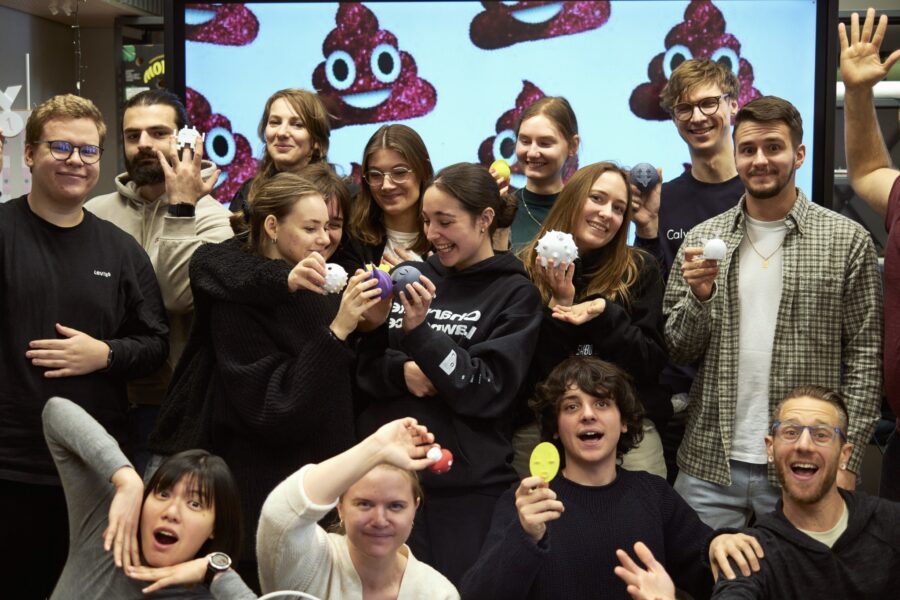
In this field, you will learn to design a world that functions for people and considers the environment. Whether it’s an application, digital device, service, or complex system, there is an increasing need for designers who can understand the solutions that people truly need. From us, you will receive a designer mindset, a toolbox, and an international network that will help you quickly adapt, find your role, and meet the complex challenges we face in the future.
Graduates in Interaction Design work at Finnair, Wise, Pipedrive, Nortal, Trinidad Wiseman, The North Estonian Medical Centre, and Tallinn Strategy Center, among others. The program collaborates with many partners such as Volvo, Spotify, Bolt, Elisa, the Republic of Estonia Government Office, Swedbank, and Enefit.
Over two years, I met incredible individuals, each of whom had something to teach. Marharyta Milovanova, Interaction Design graduate
GRAPHIC DESIGN (eng)
eka-gd-ma.ee IG: @ekagd_ma
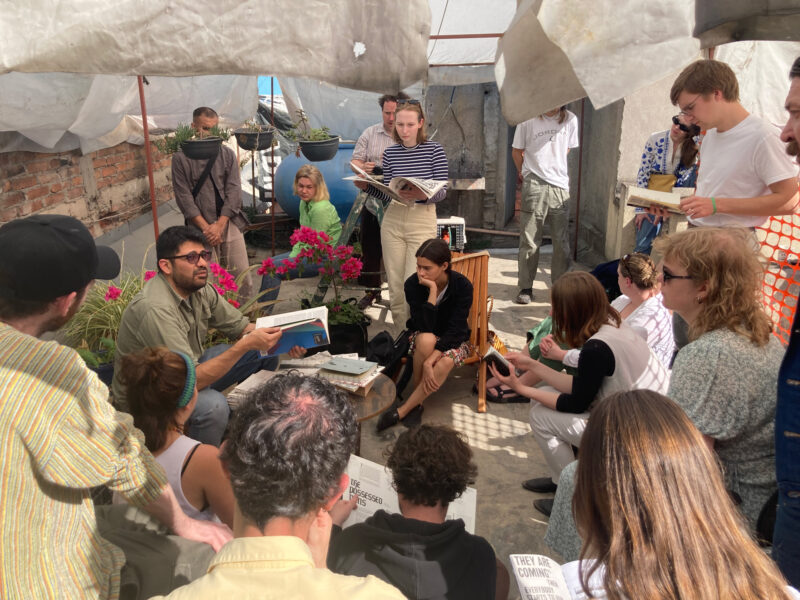
As our student, you get to approach graphic design more broadly. We help you see graphic design as a form of knowledge creation that helps “make things public”. You have the opportunity to work with traditional graphic design models such as books, websites, typefaces, and videos, as well as write and publish texts, organise exhibitions and host lectures, teach workshops, and create other contexts.
I came to the GD MA program because I wanted to be in an international program. I came here for the collaborative environment – we do everything together, we are like one big family. Agnes Isabelle Veevo, GD MA student
CIRCULAR DESIGN
IG: @eka_ringdisain
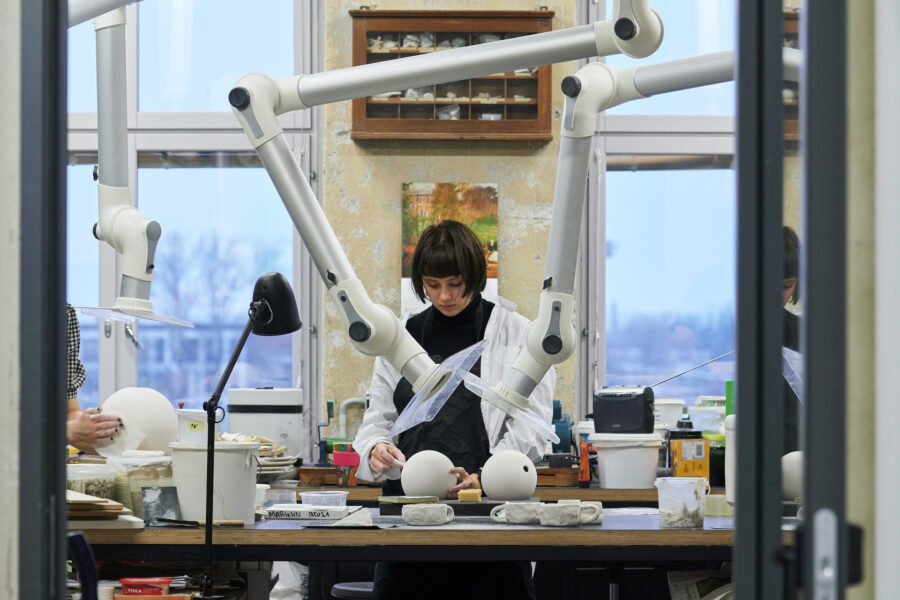
The curriculum is designed for those who believe the world produces too many things instead of using existing ones well. If you are curious and want to bring positive changes to the world, this field is for you. Previous design knowledge is not the most important in this field – the curriculum also provides (design) tools for problem-solving and creating new systems.
Working together on things is quite significant – everyone contributes a small part, and together, something is created that one couldn’t achieve alone.Katrin Lepa-Ruben, Circular Design MA student
SOCIAL DESIGN
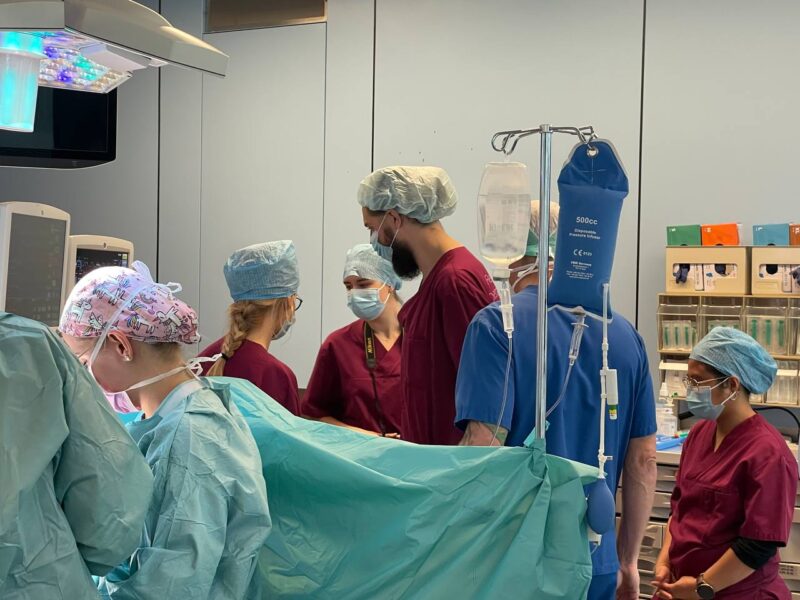
How to design solutions for major issues like mental health, integration, regional life, or waste management? Together, we learn to design different solutions by working on real-life projects. We collaborate with communities and are ready to initiate civic activism to solve major complex problems. You don’t need a design background to study here. A graduate of Social Design can work as a change leader in the public, business, non-profit, and academic sectors.
I came to EKA to study Social Design because it is a field of the future, and there is a growing demand for this expertise. Pille Laub, Social Design MA student
CRAFT STUDIES (eng/est)
IG: @eka_craftstudies
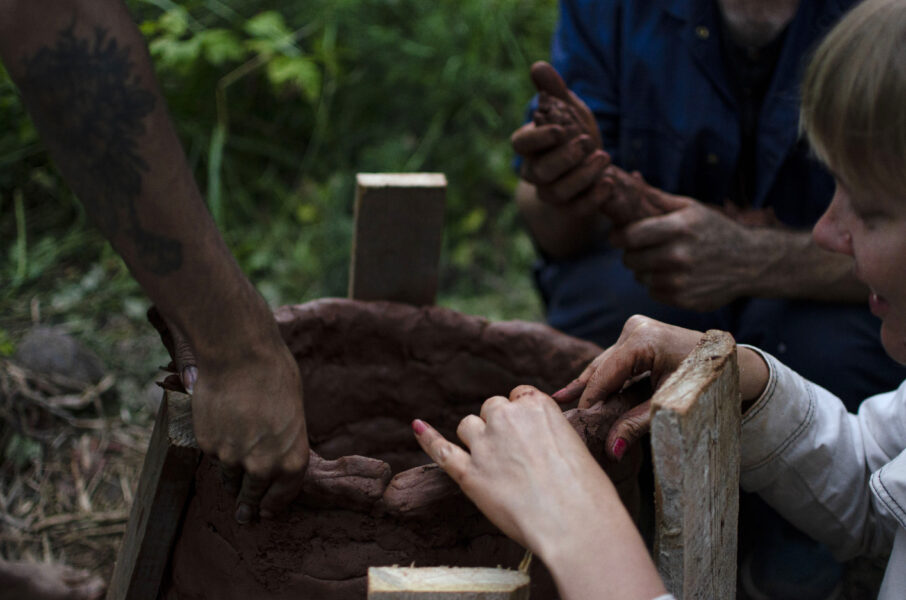
After graduating from this major, you will be ready to act internationally as a studio designer or an artist, creative researcher, lecturer or, for example, a curator. We provide inspiring mentors and state-of-the-art workshops – you choose who you’d like to become!
I enjoy the connection and experience working with faculty members who are also active practitioners. Elias Sormanen, Craft Studies MA Student
SERVICE DESIGN STRATEGIES AND INNOVATION (eng)
FB: SDSI IG: @sdsi.master
In SDSI you’ll learn how to create services that meet the needs of users (and the planet). It doesn’t matter whether we’re talking about services in Estonia, your hometown, or in large international organisations. In addition, you have the opportunity to move between universities in Latvia, Estonia, and Finland, and participate in various collaborative projects with companies, public institutions, and foreign universities.
The “Learning by Doing” approach prepares us for the service design professional life. Shafaq Malik, SDSI I course student

